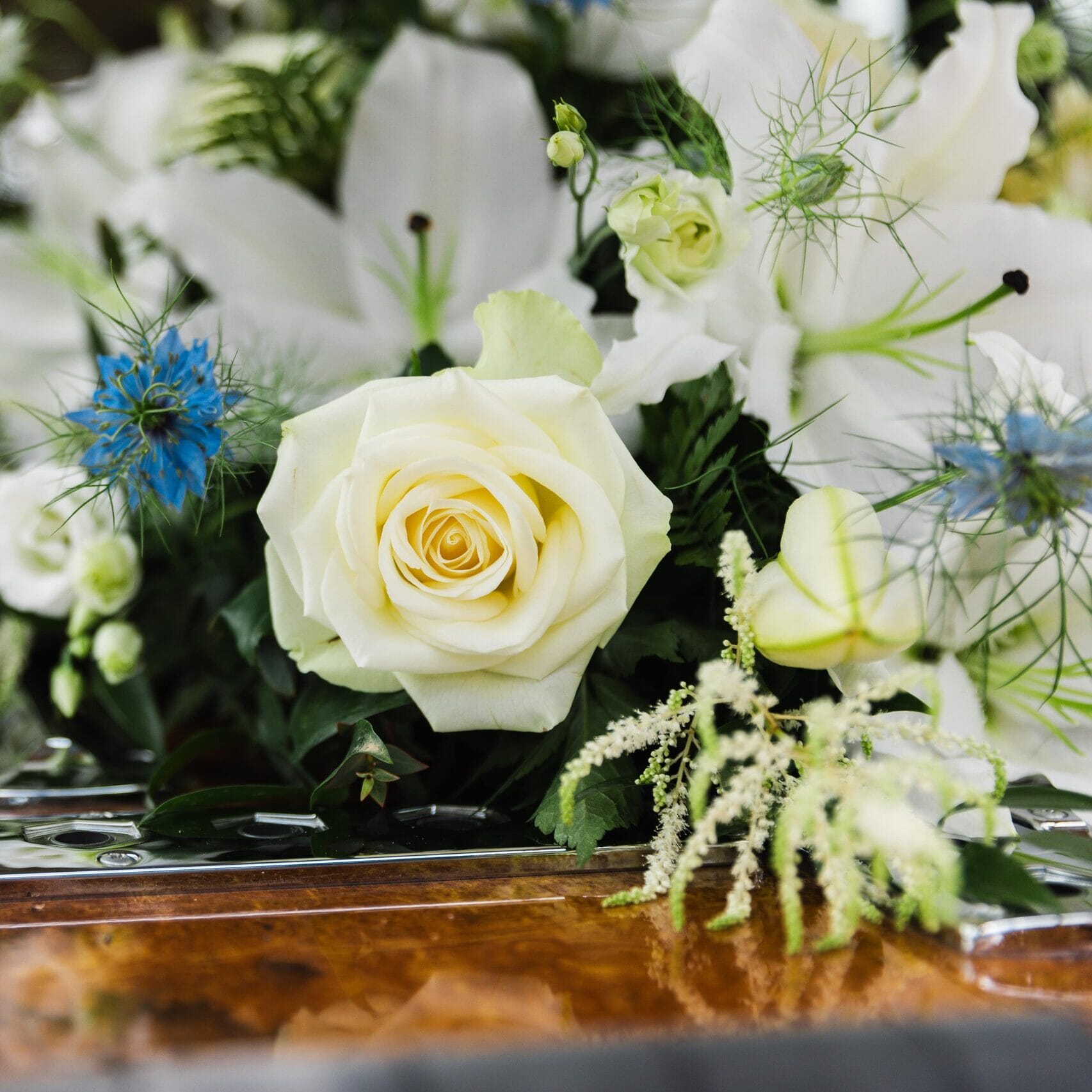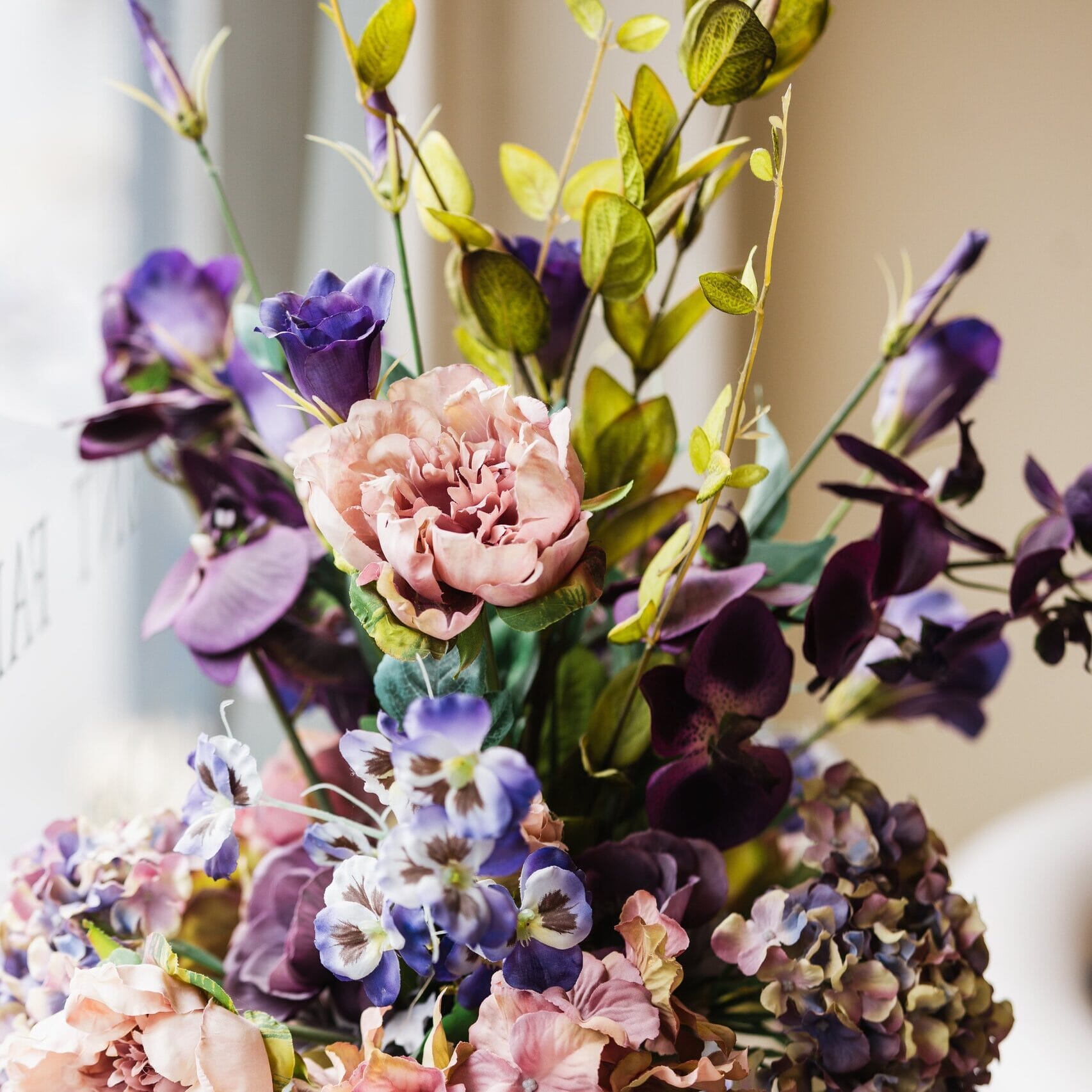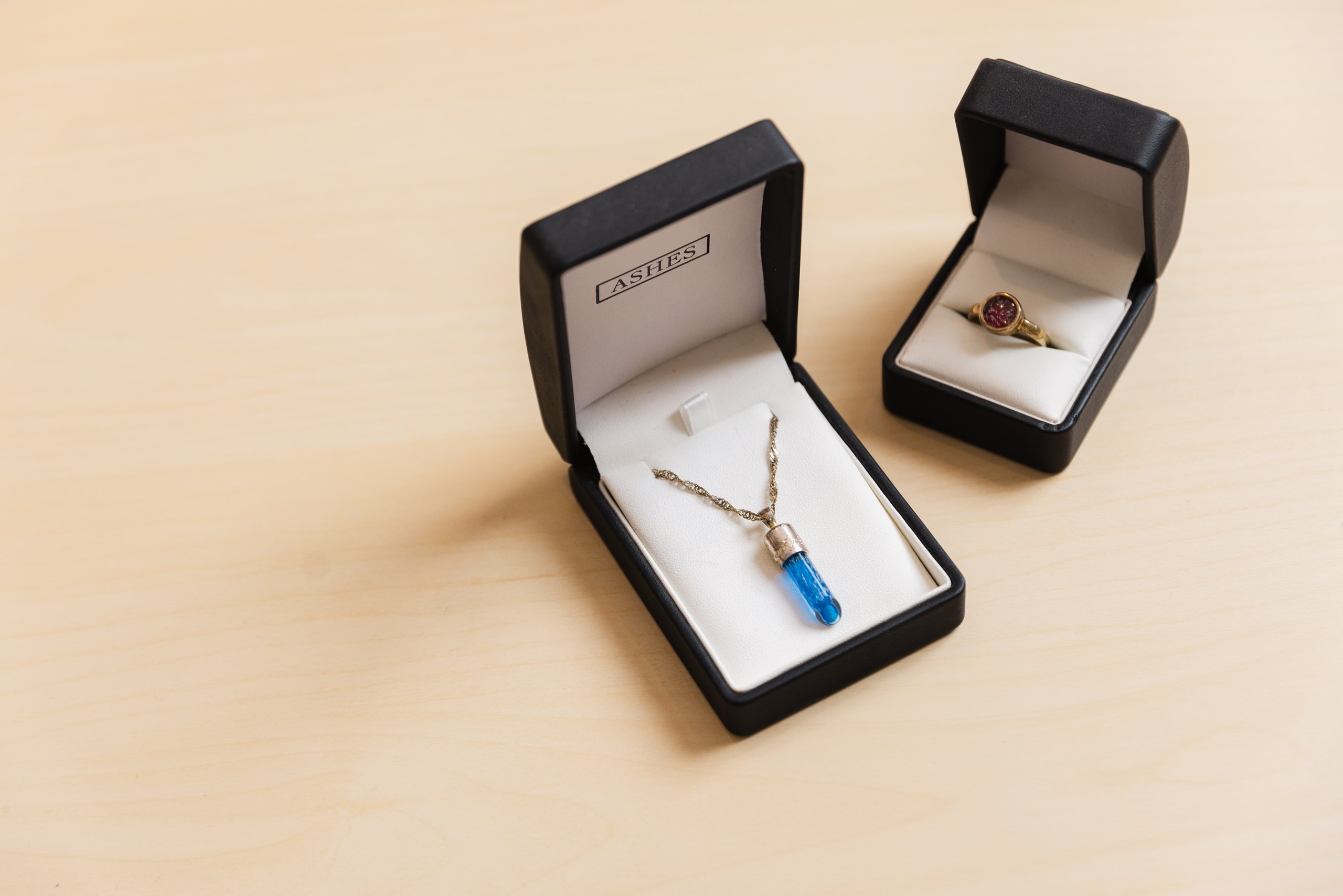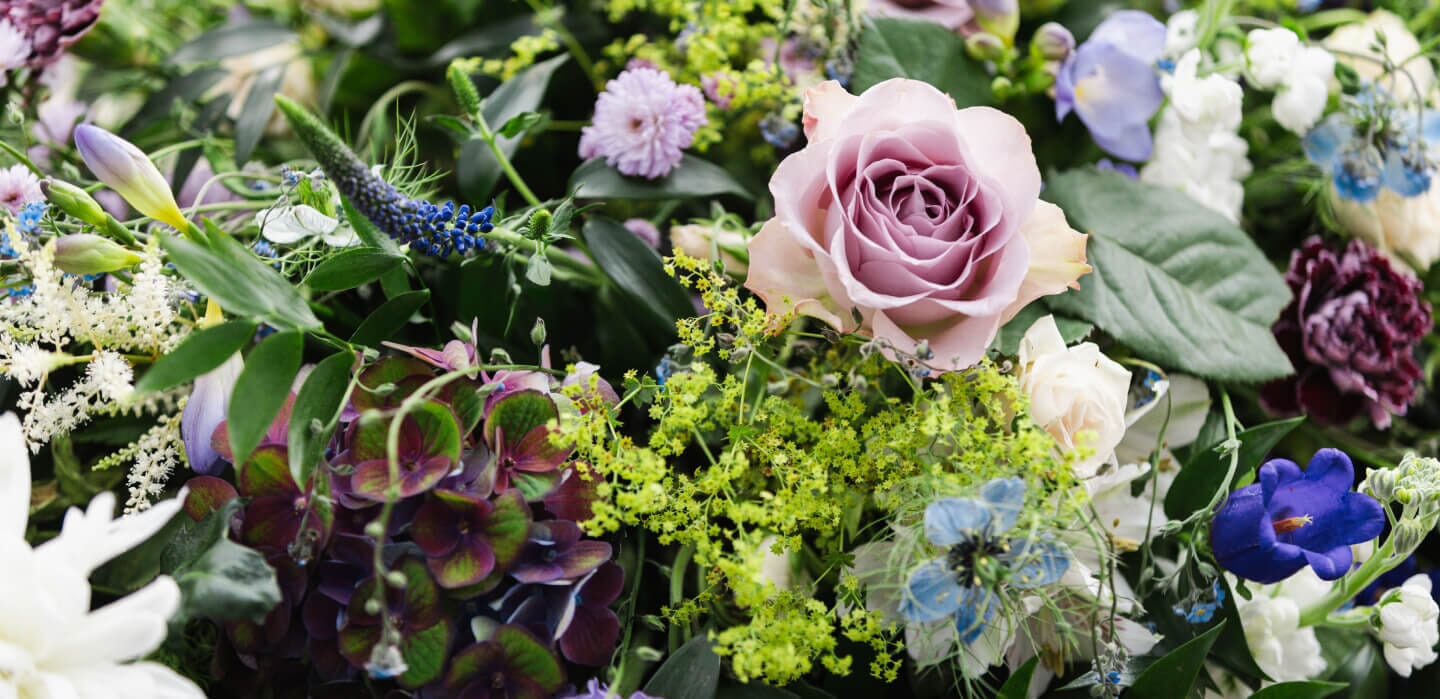So, why do we wear black to funerals? Where did this tradition come from, and should we still be wearing black to funerals today? We answer all your questions on funeral colours below…
History of wearing black at funerals
Wearing black to a funeral is a conventional choice with deep historical roots, which can still be seen in many cultures around the world. Black is a symbol of grief and loss, and the practice of wearing dark clothing serves as a visual representation of the formality and sombre nature of funerals.
The colour dates way back to the Roman Empire, with Ancient Romans wearing “toga pullas”, AKA black togas, to pay their respects for the deceased. However, this trend didn’t gain much traction until Queen Victoria’s husband died in the 19th Century. The queen chose to wear only black clothing for the remainder of her life, which inspired many British upper class widows to wear black to their own husband’s funerals. And the rest is history…
Other traditional funeral colours
Although black is indeed the chosen colour for funerals throughout most of Western society, many other cultures traditionally wear a wide array of different colours to pay their respects. These include the following:
White funerals
White is the traditional colour of mourning for practising Buddhists and Hindus, with the colour sometimes being worn to Muslim funerals, too. White symbolises purity and innocence, marking the peaceful journey from the physical to the spiritual world. All-white funerals can often be seen in countries such as India and China.
Yellow funerals
Yellow is another historical mourning colour, symbolising the golden light of everlasting life. In ancient Egypt, many mummies donned masks painted in yellow and gold, symbolising the mighty god known as Ra whose flesh was formed of gold. Many modern Egyptians choose to wear yellow as their official colour of mourning, with other countries such as Ethiopia, Mexico and Myanmar following suit.

Purple funerals
Purple symbolises sorrow in Thailand, with many widows wearing purple to mourn their husbands. However, all other funeral goers are forbidden from wearing purple and must instead don black attire. As a colour that has strong historical associations with royalty and spirituality, many Catholics wear black and purple to Brazilian funerals. In Brazil, the colour is reserved for funerals only, bringing bad luck when worn at any other occasion.
Grey funerals
In Papua New Guinea, widows will traditionally paint a stone-coloured clay across their skin after their husband’s death, creating a grey tinge to their appearance. They also wear several loops of grey grass seeds around their neck, removing one of their necklaces each day. The mourning period comes to a close when the last grey necklace is removed.
Red funerals
In certain parts of Africa, such as Ghana, funerals are celebrations that call for red and black clothing. Red was also historically worn as a colour of mourning in South Africa during the Apartheid era. The colour was donned by groups of people during a public figure or political activists’ passing to represent the bloodshed and anger of the oppressed. Nowadays, however, black is more commonly worn by mourners in South Africa.


Choose Alexander Burn to organise your loved one’s funeral
If you’ve found yourself in the unfortunate position of needing to organise a loved one’s funeral, look no further than Alexander Burn. Our kind and compassionate team can help arrange your funeral with dignity and respect, offering 24/7 advice and support throughout the planning process. Get in touch with our friendly funeral directors in Cheltenham, Bishop’s Cleeve, Tewkesbury or Winchcombe today.




